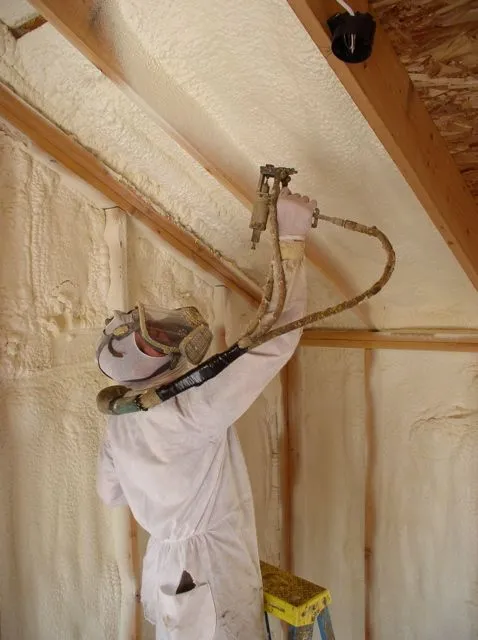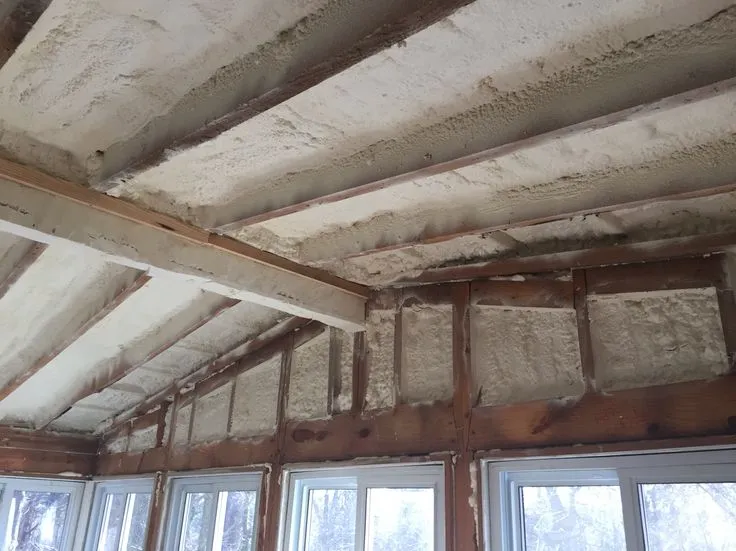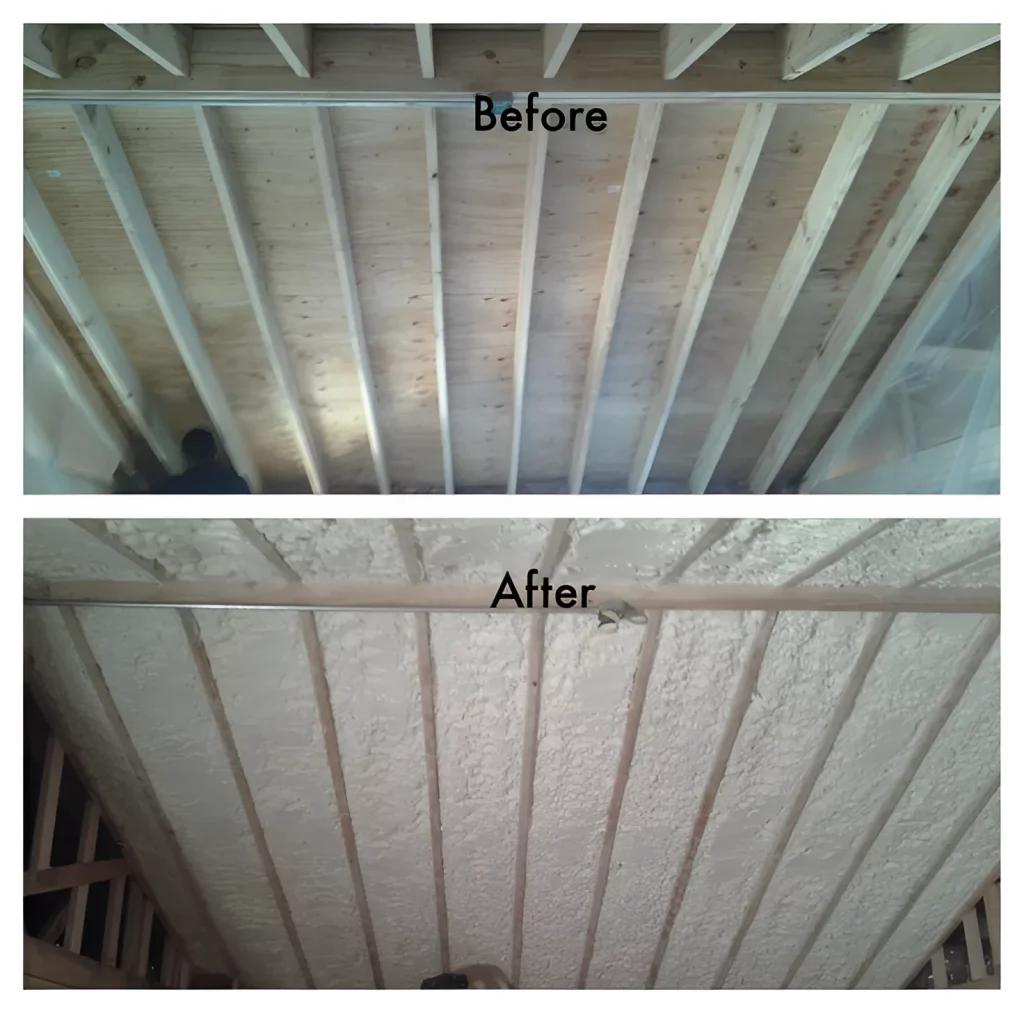
Insulation plays a key role in keeping spaces comfortable year-round, whether you own a home or run a business in the Pacific Northwest. Imagine cranking up the heat during a rainy Seattle winter only to watch energy bills climb, or struggling to cool an office on a hot summer day while costs soar. Poor insulation lets heat escape or enter freely, driving up expenses and reducing comfort. This guide covers everything you need to know about insulation, from basic concepts to practical steps that can cut your energy use significantly.
Effective insulation seals gaps, slows heat transfer, and maintains steady indoor temperatures, leading to lower utility payments for homes and reduced operational costs for businesses. For homes, it means cozier living areas with enhanced comfort. Businesses benefit too, with better productivity in controlled environments. According to the U.S. Department of Energy, proper insulation can lower heating and cooling bills by up to 30%.
This pillar page draws from years of hands-on work installing insulation across residential and commercial projects. You’ll start with the basics: what insulation does and why it matters. Then, explore the main types, their pros and cons, and how they fit different buildings. Next, dive into installation processes, tools, and tips to avoid pitfalls. Learn how to calculate energy savings and measure results. Finally, look at maintenance and emerging trends.
By the end, you’ll have a clear plan to assess your space, choose materials, and implement changes that pay off over time. Whether you’re a homeowner tackling a DIY project or a business owner planning upgrades, this resource equips you with the knowledge to make informed decisions.
Insulation works by resisting heat flow through walls, roofs, attics, and floors. It traps air in tiny pockets that act as barriers, keeping warmth inside during cold months and blocking heat in summer. Without it, your heating or cooling system works overtime, wasting energy and money.
In the U.S., buildings consume about 40% of total energy, much of it for heating and cooling, as reported by the U.S. Energy Information Administration. For homes, this translates to average annual heating costs of around $1,000 in colder climates. Businesses face even higher stakes, with commercial spaces using up to 18% more energy per square foot than homes.
Beyond bills, insulation improves indoor air quality by reducing drafts and moisture buildup, which can lead to mold. It also quiets outside noise, creating peaceful environments. In rainy areas like Seattle, high-quality insulation prevents water intrusion that damages structures over time.
Think about your own space. Do drafts sneak in around windows? Is your attic unusually hot or cold? These signs point to insulation gaps. Addressing them not only saves money but also boosts property value. A study from the National Association of Home Builders shows energy-efficient homes sell for 3-4% more than similar uninsulated ones.
Not all insulation suits every situation. Materials vary in effectiveness, cost, and ease of use. Understanding the options helps you pick what matches your needs, budget, and building type.
Fiberglass comes in batts or rolls, made from fine glass fibers. It’s common for attics and walls because it’s affordable and widely available. R-value, a measure of thermal resistance, typically ranges from 2.9 to 3.8 per inch. However, it can irritate skin during handling, so wear protective gear.
Pros include low cost—about $0.30 to $1.50 per square foot—and fire resistance. Cons? It doesn’t fill irregular spaces well and can sag if not installed properly.
Made from recycled paper treated for fire and pest resistance, cellulose blows into attics or walls via machines. It offers R-values of 3.1 to 3.7 per inch and settles densely for good coverage.
This type excels in older homes with uneven framing. Costs run $0.60 to $2.00 per square foot. It absorbs sound better than fiberglass but may settle over time, requiring occasional top-ups.
Spray foam expands to fill cracks and crevices, creating an airtight seal. Open-cell spray foam is lighter with R-3.5 to 3.6 per inch, while closed-cell spray foam is denser at R-6 to 7 per inch and adds structural strength.
Ideal for businesses needing durable barriers, like warehouses. Installation costs $1 to $3 per square foot, but it lasts longer and prevents air leaks more effectively.
[Expert Tip: For homes with crawl spaces, closed-cell spray foam resists moisture better than loose-fill options. Apply it directly to the subfloor for long-term protection against dampness.]
Mineral wool, or rock wool, derives from volcanic rock and slag, offering R-3.0 to 3.3 per inch. It’s non-combustible and great for soundproofing in commercial settings.
Rigid foam boards, like polystyrene or polyisocyanurate, provide high R-values (up to 6.5 per inch) for foundations or exterior walls. They’re moisture-resistant but pricier at $0.25 to $2.00 per square foot.
Here’s a comparison table to weigh choices:
| Type | R-Value per Inch | Cost per Sq Ft | Best For | Drawbacks |
|---|---|---|---|---|
| Fiberglass | 2.9-3.8 | $0.30-$1.50 | Attics, walls | Irritant, doesn’t seal |
| Cellulose | 3.1-3.7 | $0.60-$2.00 | Blown-in applications | Settling over time |
| Spray Foam | 3.5-7 | $1-$3 | Air sealing, moisture | Higher upfront cost |
| Mineral Wool | 3.0-3.3 | $0.50-$2.00 | Fire-prone areas | Heavier to install |
| Rigid Foam | 3.8-6.5 | $0.25-$2.00 | Exteriors, basements | Not for DIY easily |
Proper installation maximizes insulation’s benefits. Poor work leaves gaps that undermine performance. Whether hiring pros or DIY-ing, follow these steps.
Start by inspecting for leaks, rot, or pests. Clean surfaces and ensure good ventilation to avoid trapping moisture. Measure areas accurately to buy enough material.
For attics, lay plywood over joists if storing items later. In walls, remove old insulation carefully to prevent fiber release.
Spray foam requires professionals due to chemicals involved. They use protective suits and equipment to apply evenly.
Common tools include utility knives, tape measures, safety masks, and blowers for loose-fill. Always check local building codes—Seattle requires specific R-values, like R-49 for attics.
[Expert Tip: Seal electrical outlets and switches with foam gaskets before insulating walls. These small gaps account for 10-20% of air loss in many homes.]
DIY saves money for simple jobs like batts but risks mistakes. Pros handle complex areas like spray foam, ensuring warranties. Expect $1,000-$3,000 for a home retrofit.
A report from the Oak Ridge National Laboratory highlights that pro installations perform 20% better than amateur ones due to better sealing. With the right installation approach in place, you can now turn to the financial advantages by calculating and maximizing your energy savings.

Insulation pays for itself through lower bills. The average U.S. home saves $200-$400 yearly with upgrades, per the Environmental Protection Agency.
To calculate savings, use online tools from Energy Star. Factor in your local climate, current R-value, and utility rates. For example, adding R-30 to an attic in Seattle could cut heating costs by 15-25%.
Businesses see bigger gains. Commercial buildings with insulation retrofits reduce energy use by 10-30%, according to the U.S. Department of Energy.
Track ROI over 5-10 years. Incentives like federal tax credits cover up to 30% of costs.
Here’s a simple checklist table for assessing savings potential:
| Area | Current R-Value | Recommended | Estimated Savings (%) |
|---|---|---|---|
| Attic | Check yours | R-38-60 | 10-20 |
| Walls | Often R-0 | R-13-21 | 5-15 |
| Floors | Varies | R-25-30 | 5-10 |
| Windows | N/A | Double-pane | 10-20 |
Key Takeaways:
Installation isn’t always smooth, especially in damp climates where moisture can degrade materials, but adding vapor barriers and ensuring proper drainage provides effective protection. Pests can chew through soft insulations, so choosing treated cellulose or foam offers reliable safeguards. In businesses, retrofitting occupied spaces might disrupt operations, yet planning work during off-hours and selecting low-odor foams minimizes interruptions. Overcoming these hurdles begins with a thorough assessment, and hiring inspectors for thermal imaging helps identify weak points early.
[Expert Tip: In multi-story commercial setups, insulate between floors to prevent heat loss downward. This often-overlooked step can save 5-10% on total energy.]
Insulation lasts 20-50 years with care. Inspect annually for damage from water, animals, or settling. In attics, check for compression under stored items.
Clean vents to maintain airflow, preventing mold. For spray foam, it’s low-maintenance but watch for cracking in extreme temperatures.
Renew incentives periodically and upgrade as tech improves. Regular checks keep performance optimal.
Advancements include aerogel, with R-values up to 10 per inch, though expensive now. Smart insulation with sensors monitors performance in real-time.
Eco-friendly options, like bio-based foams, reduce environmental impact. Expect wider use of recycled materials, cutting waste.
The global insulation market grows at 5% annually, reaching $80 billion by 2027, per MarketsandMarkets.
Key Takeaways:

Seattle’s climate zone 4C calls for R-38 to R-60 in attics, R-13 to R-21 in walls, and R-25 in floors. Use tools from the U.S. Department of Energy to confirm based on your setup.
A full home retrofit might span 2-5 days, depending on size and type. Attic batts could finish in a day, while spray foam in walls takes longer for curing.
Yes, denser types like mineral wool or spray foam absorb sound effectively. They block 50-70% more external noise than basic fiberglass.
Certified installers use low-VOC foams that off-gas minimally. Ensure proper ventilation during application, and it’s safe for occupancy within hours.
Look for higher bills, uneven temperatures, or visible damage like wet spots. A professional energy audit with blower door tests reveals issues accurately.
Federal tax credits offer 30% back through 2032. Washington state programs add incentives; check Energy Star for local details.
You’ve now explored insulation from essentials to advanced tips. Key points include selecting types that seal air leaks, installing correctly for maximum R-value, and tracking savings to justify costs. These steps can reduce energy use by up to 30% while enhancing comfort.
Use this guide as your reference. Start with an audit of your space, calculate needs, and plan upgrades. Small changes, like attic work, yield big results. You’re equipped to make your home or business more efficient today.
For personalized advice on insulation suited to Seattle’s weather, contact Cascadia Spray Foam of Seattle at (425) 386-3500 or email [email protected]. Their team offers free consultations to assess your needs and recommend solutions that deliver lasting energy savings and comfort. Reach out to start your project right.